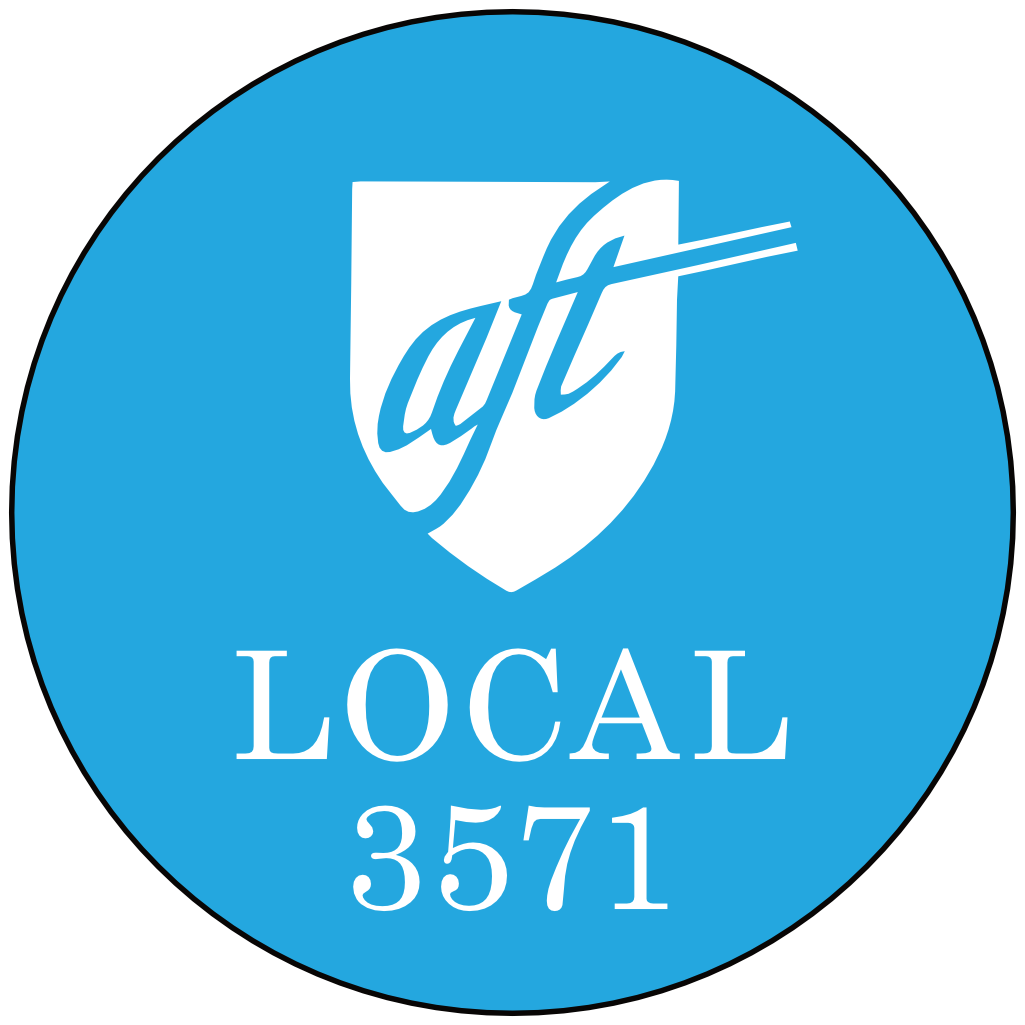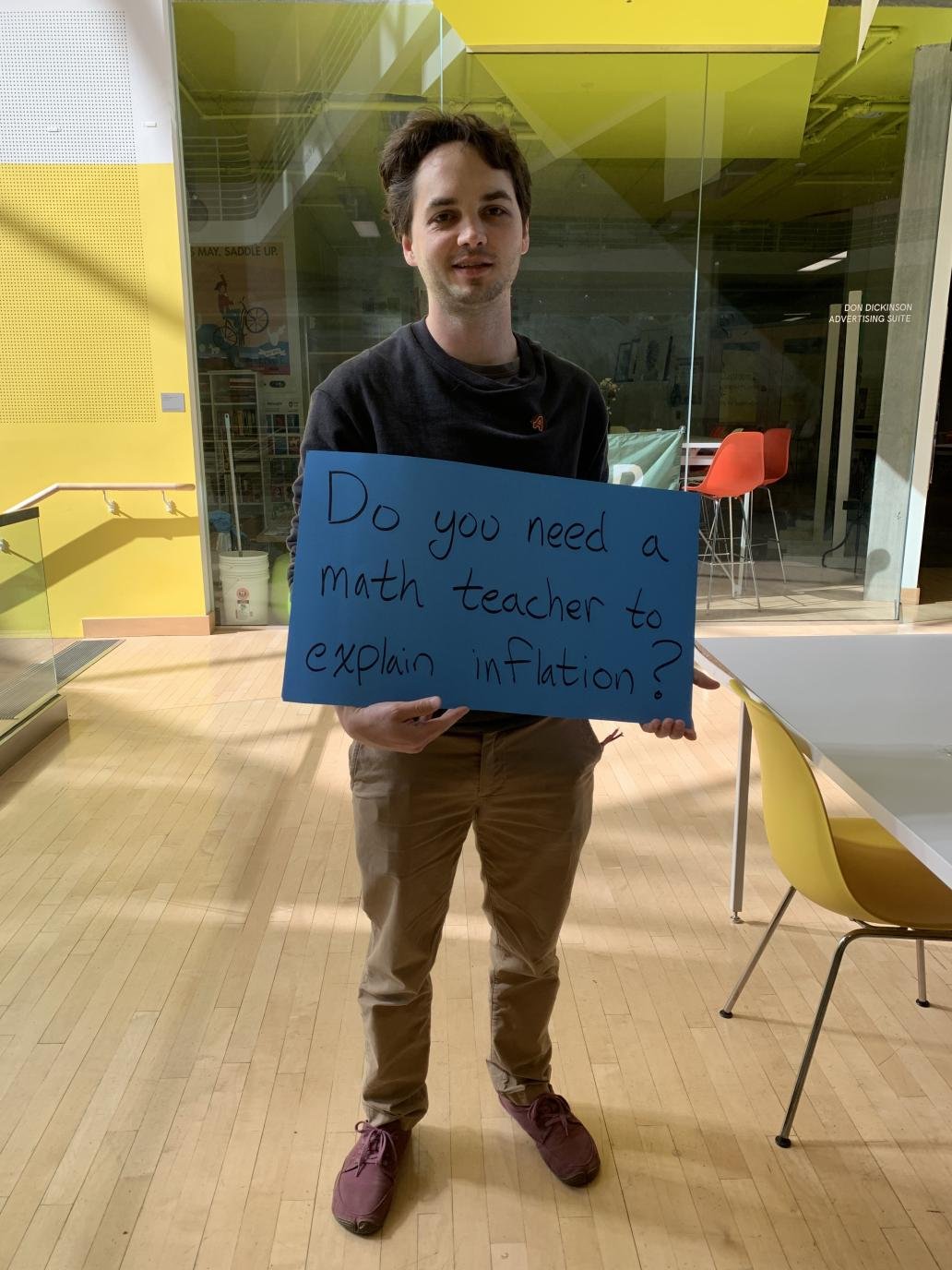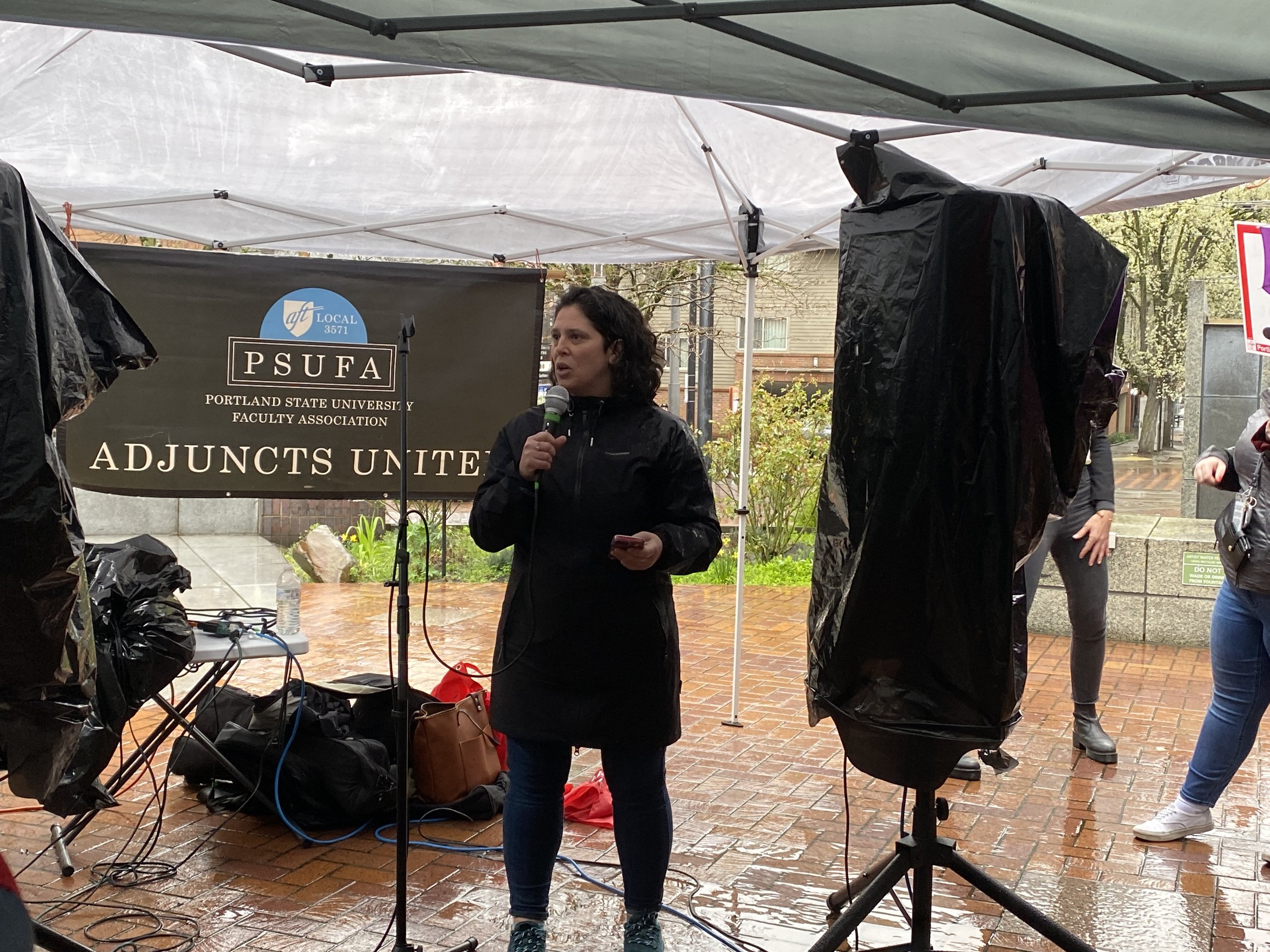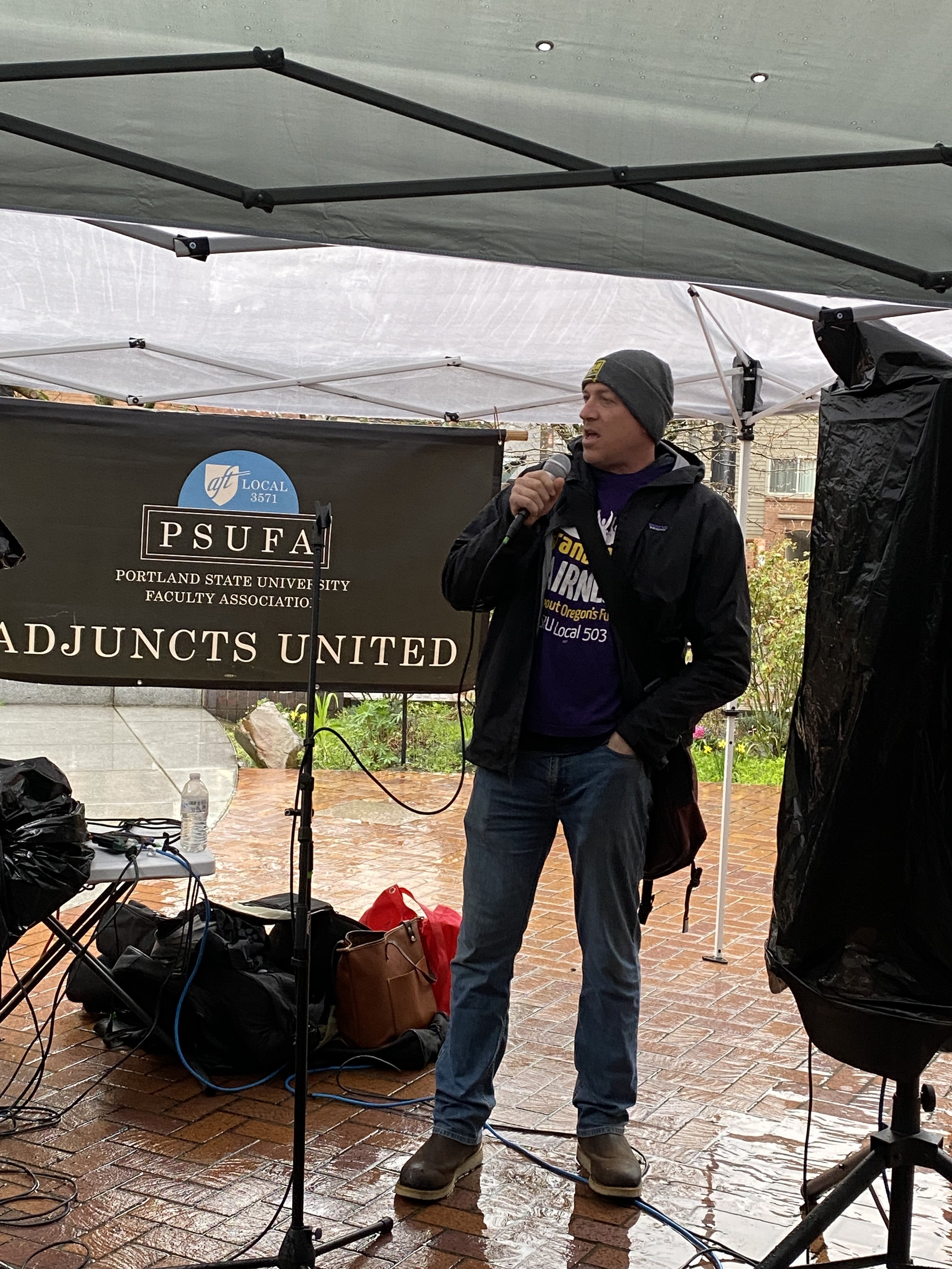The goal of our bargaining team—your bargaining team—is simple and has been consistent: equal pay for equal work. That is not just a motto. For us it approaches doctrine.
Thus,
if full-time faculty receive health and retirement benefits, then so should we (adjusted to our part-time employment status);
if full-time faculty have a mechanism to receive salary increases, then so should we;
if full-time faculty receive technology (laptops, say) to teach a class, then so should we;
if full-time faculty receive a certain amount for teaching a course on a per credit basis, then so should we.
These are not radical proposals, though they have been described by the administration as such. These proposals follow cleanly from a basic commitment to equitable compensation for workers. It is a commentary on how far the goalposts have shifted since the 1980s that any of the above would be seen as controversial, let alone radical.
This past Wednesday, July 19th, at the bargaining table, PSU Administration presented their proposals for pay increases and other changes to economic components of our current collective bargaining agreement (CBA). The administration’s proposals were wholly inadequate.
Under the current CBA, the adjunct faculty per credit minimum is $1,120. The administration’s proposal was to increase that per credit minimum to $1,219, beginning in Fall 2023. The problem here is that $1,219 is still below the inflation-adjusted per credit minimum we had in 2019, which was $1,235. So this “raise” only moves us closer to what we were already making four years ago. It is equivalent to the inflation-adjusted dollar amount we made three years ago, in 2020. This is not acceptable.
It is worth recalling that changes to the per credit minimum are, in effect, the only way that members of our unit can receive an increase to our salary. Unlike full-time faculty, adjunct faculty do not have a mechanism to advance to different ranks and to be compensated accordingly (i.e., a step system). This is in spite of the fact that we undergo evaluations. Remarkably, some members of the administration continue to deny that we undergo evaluations, despite this procedure being laid out explicitly in our CBA (Article 8, Section 4).
The narrative that the administration has pushed is that their budget problems make it impossible for them to meet (or even come close to meeting) our insistence on equal pay for equal work. These budget problems are attributable to declining student enrollment and poor retention. Continuing to underpay adjunct faculty is not a sensible solution to these problems; it is a recipe to exacerbate them. Adjunct working conditions are, after all, student learning conditions.
In total, the administration’s proposed increase to adjunct compensation amounts to $2.1 million in the first year (and $1.2 million in the second). That is around 0.2% of PSU’s budget (note the decimal point). They said any more money is not possible.
Incidentally, the total increase to our budget over two years ($3.3 million) is almost exactly equal to—a bit less than, actually—what the 15 highest-paid administrators at PSU made in 2022 alone. You’ll understand our bargaining team’s skepticism when some of these very same administrators tell us that PSU simply doesn’t have any more money to provide to adjunct faculty.
We wanted to close with a few points about adjunct work in general and at PSU in particular.
Adjuncts at PSU teach about 40% of credit hours, and we make up about 3% of the University’s budget.
These statistics go a long way in helping to explain why the number of adjunct faculty has ballooned, both at PSU and elsewhere. At PSU, adjuncts don’t receive health insurance or retirement benefits. We are also paid less than full-time faculty on a per credit basis. We are cheap labor.
The Merriam-Webster definition of “adjunct” is also instructive. An “adjunct” is “something joined or added to another thing but not essentially a part of it.” This describes well the original reason that a university would employ adjunct faculty. Adjunct faculty would fulfill course needs that the university’s full-time faculty could not. For instance, a special education teacher at an elementary school might teach a course on teaching in a self-contained classroom.
This is no longer the primary function of adjunct faculty at many public universities, including PSU. We are now essentially a part of PSU, despite their retention of the misleading title Adjunct.
How did this happen? As the ratio of administrators at universities has increased, and as public funding for universities has decreased, university administrators have sought ways to save money. A popular strategy has been to curtail hiring full-time faculty and to hire adjunct faculty instead. It is cheaper to have three adjuncts who each teach two courses per quarter than it is to hire one full-time faculty member to do the same. What has further greased the wheels of this strategy has been the surplus of well-qualified PhDs who have been unable to find tenure-track jobs because of the poor academic job market, particularly since the Global Financial Crisis of 2007–08.
To be sure, there are still adjunct faculty who have other full-time jobs but teach classes that fill specific needs PSU cannot meet with its full-time faculty—however, that is a small slice of reality. Consider the Anthropology Department, which lists 22 faculty members, 15 of which (68%!) are adjunct faculty. Our internal data indicate that 80% of the members of PSUFA would work at PSU full time if given the opportunity. What’s also telling is that adjunct faculty teach introductory and required courses, not the sort of niche courses that the University would plausibly have difficulty finding qualified full-time faculty to teach.
The logic behind PSU having so many adjunct faculty is the same logic that businesses like Uber or DoorDash employ when they classify their workers as “independent contractors” rather than employees. It is the same logic that Hollywood studios have adopted when they hire writers to work on just parts of a script, as is well understood.
The general facts we mention above are among the most basic facts about the trajectory of higher education in the 21st century. It is somewhat intellectually embarrassing to have to recite them. Anyone who is unfamiliar with these should not be in an administrative role at a university. The same is true of anyone who feigns unfamiliarity with them.
Our bargaining unit has been and continues to be interested in having a conversation—a tough and complicated conversation—about adjunct labor at PSU. But that debate needs to adhere to basic facts and norms of rational dialogue.



































